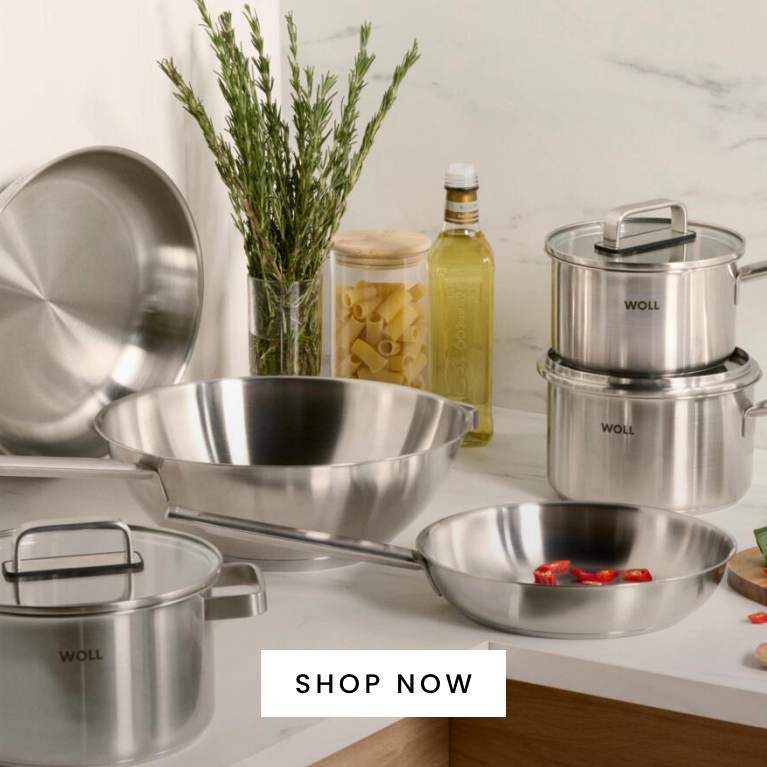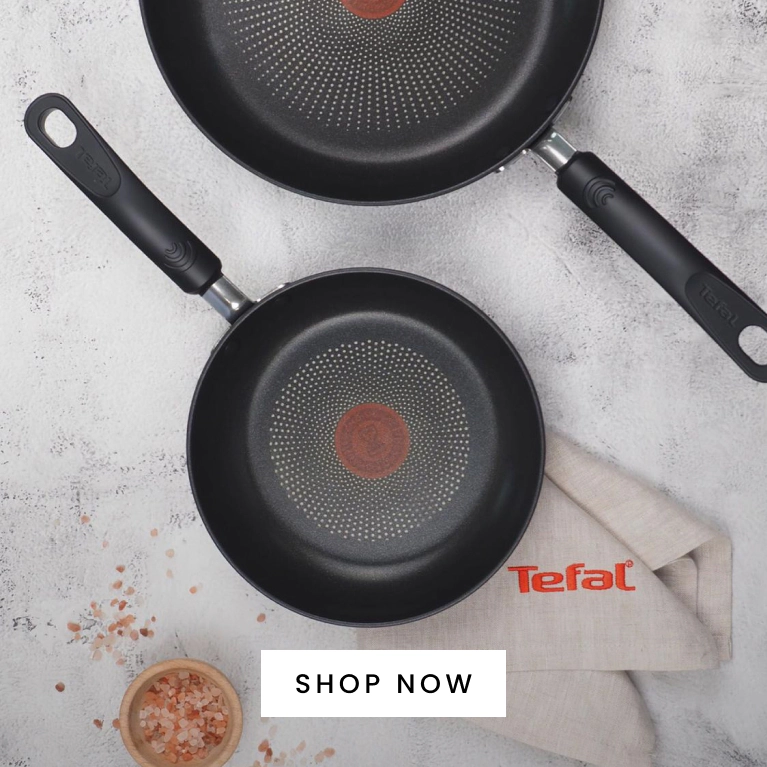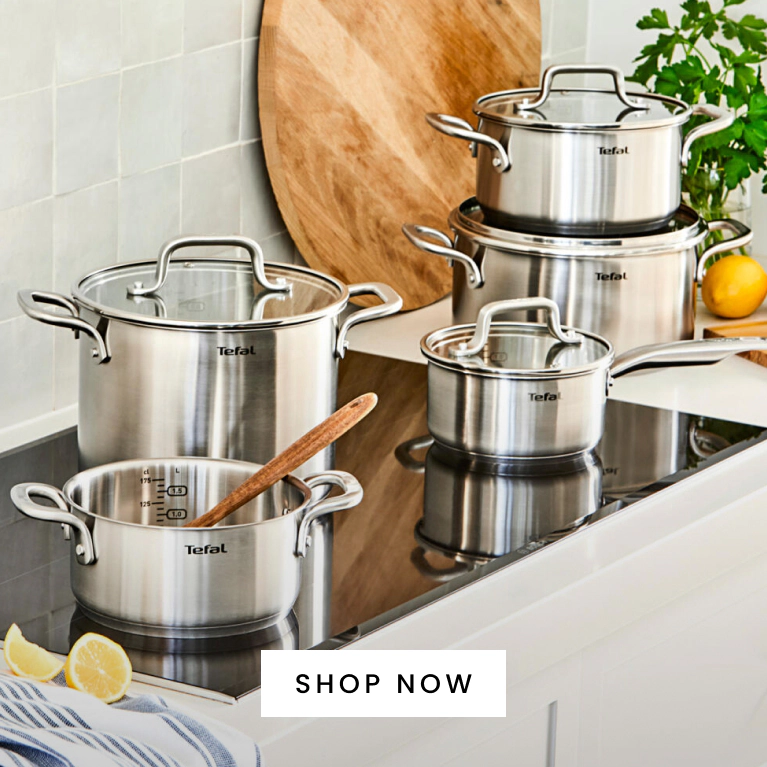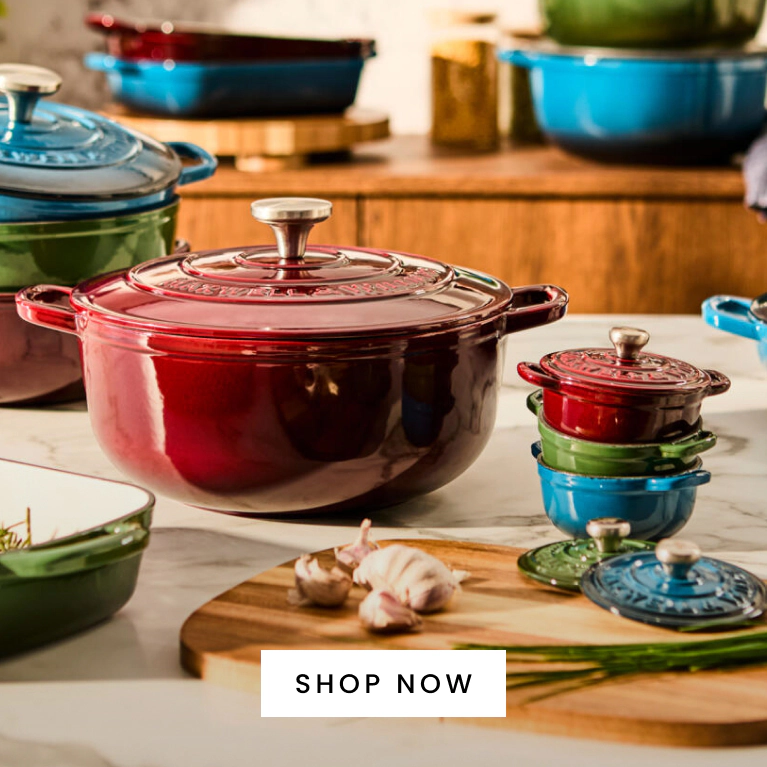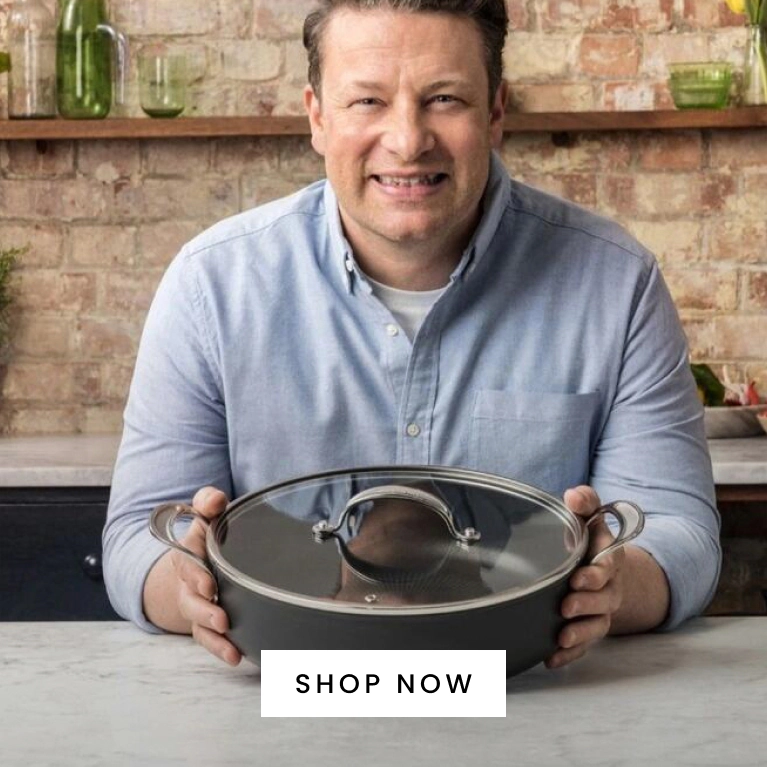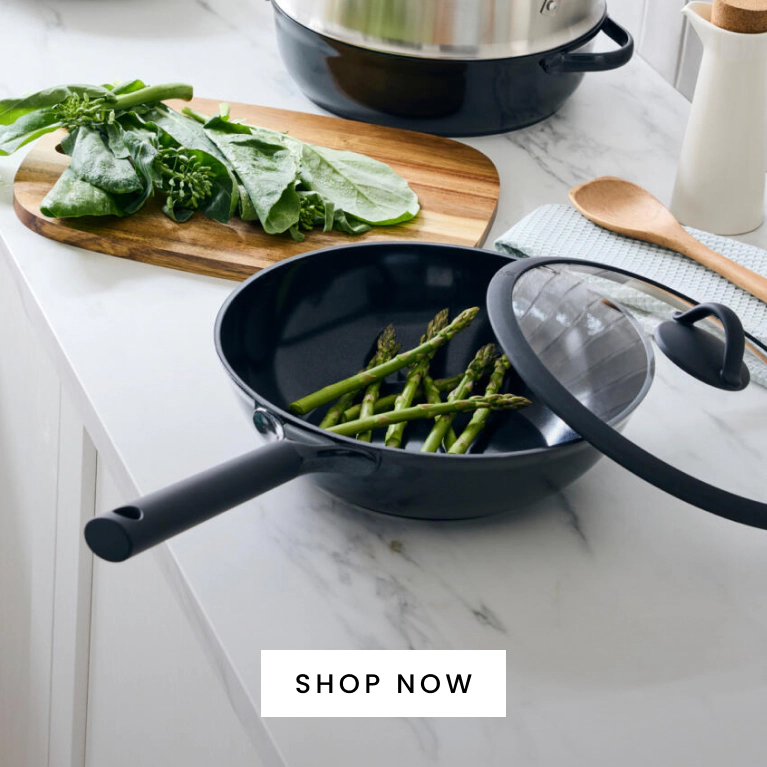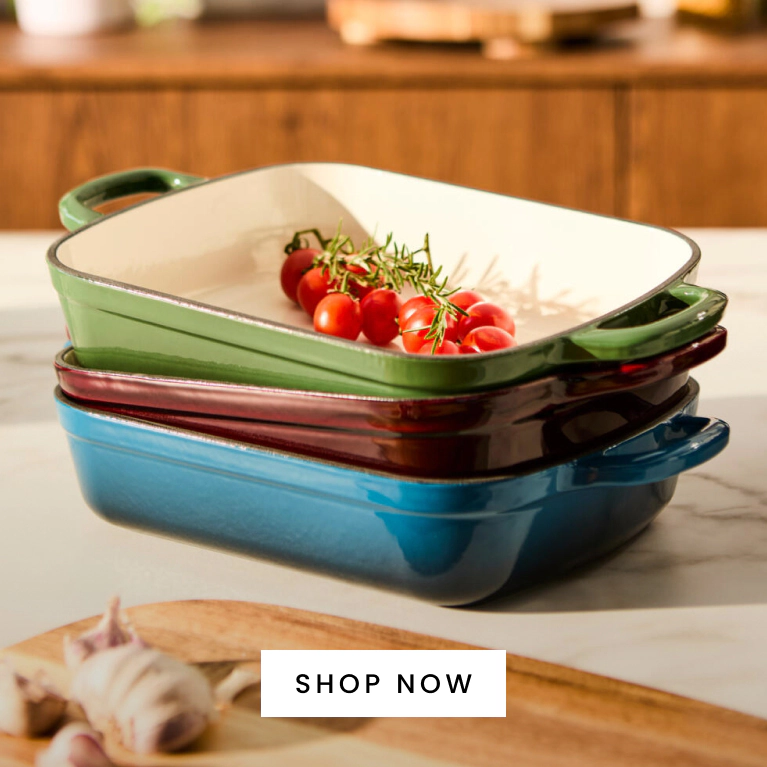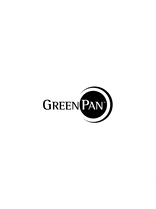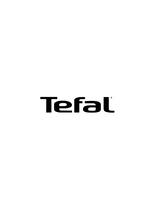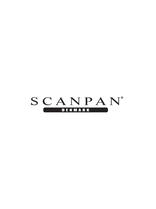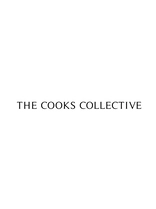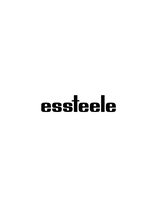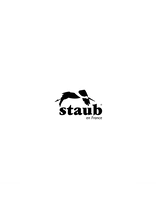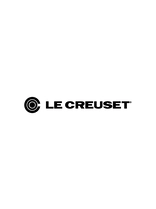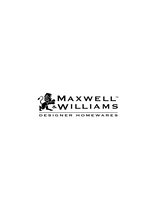Ultimate Guide to Cookware Types & Care
Creating sumptuous meals at home is easy when you have the right cooking equipment. In this guide, we’ll explore all the different kinds of cookware and share tips on setting up your kitchen for success.
We’ll also look at popular cookware materials such as stainless steel, cast iron, aluminium, non-stick and ceramic – providing instructions for cleaning and care. Whatever your cooking style, Myer has your cookware needs sorted.
Types of Cookware
Ever wondered what’s the difference between a sauté pan and a skillet? Here, we’ll walk you through the various types of cooking pots and pans and explain what kind of dishes you can make with each.
Frying Pans & Grills
Perfect for quick, high-heat cooking, frying pans are a kitchen essential. Here are some popular types:
- Frying pan: Featuring a smooth cooking surface and low sides, frying pans are perfect for sautéing vegetables, frying meat and cooking eggs.
- Grill pan: These pans feature ridges across the cooking surface to produce grill marks on your burger patties and steaks.
- Crepe pan: Also known as a pancake pan, this style of pan is perfect for crepes, pancakes and omelettes. Non-stick frying pans are easy to clean, but not great for ultra-high-temperature searing. Stainless steel and cast iron frying pans offer excellent durability, plus they’re great for searing. However, they do require more cooking oil, and more cleaning effort.
Saucepans & Steamers
Whether you’re boiling pasta or simmering sauce, a quality saucepan is a must-have. Here are some things to consider when buying:
- Size: Smaller pots (1-2L) are great for melting or reheating. Larger saucepans (4L+) are perfect for making soup, stock and family-sized meals.
- Lid options: Glass helps you monitor your cooking, while stainless steel provides added durability and heat retention.
- Steamers: This style of saucepan helps you make steamed veggies with ease.
- Materials: Copper and aluminium heat up fast, while stainless steel and cast iron are better for slow cooking. Non-stick is ideal for easy cleaning.
Myer has all kinds of cooking pots to suit your needs – explore our full range of saucepans and steamers.
Stockpots & Casseroles
Stockpots and casserole dishes are ideal for creating flavoursome slow-cooked meals. The large capacity is great for cooking stews, soups and curries for the entire family. These types of cooking pots are also perfect for batch cooking.
Here are some things to keep in mind when buying:
- Stockpots: Featuring tall sides and a spacious interior, stockpots can be used to boil large volumes or build layered flavours over time.
- Casserole dishes: These tend to be wider, and are usually oven safe – great for one-pot meals.
- Materials: Choose cast iron for depth of flavour, stainless steel for even cooking, and ceramic for style.
Browse Myer’s collection of stockpots and casseroles to get started!
Sauté Pans
Sauté pans are the perfect hybrid between a frying pan and a saucepan, combining a wide cooking surface with high, straight sides. This versatile design gives you extra room for tossing ingredients or simmering without splashes – making it ideal for browning and braising.
Whether you're searing meat, sautéing veggies or building a sauce from scratch, a sauté pan offers the space and depth for layered cooking. Many come with a lid for added versatility.
If you're hoping to use your sauté pan in the oven, chose one with metal handles (without plastic or rubber coatings). For stovetop-only cooking, ergonomic coated handles offer comfort and safety.
Woks
Woks are the best type of cookware for fast, high-heat cooking. A wok is an essential investment if you want to make an authentic stir-fry, but they’re also useful for flash frying, steaming and even deep-frying.
Carbon steel woks are a popular choice because they heat up and cool down quickly. Stainless steel woks are also great because they handle high temperatures well, and are resistant to rust. Non-stick woks make it possible to cook without using as much oil, however they’re best suited for medium heat and gentle cooking.
If you have an electric or induction cooktop, choose a wok with a flat base. Round-based woks, on the other hand, are better suited to gas stoves. Explore Myer’s full range of woks to find the perfect option.
Roasters
Roasters are built for oven use and designed to handle high heat – making them perfect for cooking golden Sunday roasts. With a sturdy construction and generous size, roasting trays are great for feeding a crowd or batch-cooking dishes for the week ahead.
When buying, look for roasters with built-in racks, which elevate meat to allow air to circulate underneath. This will deliver even browning and crispy results. Deep-walled styles are great for locking in moisture and catching juices, helping you create flavourful meals without the mess.
Myer has quality roasters from your favourite brands including Maxwell & Williams, Tefal, Scanpan and more.
Types of Cookware Materials
What is the best cookware material? In this section we’ll delve deeper into the various types of cookware pots, exploring the pros and cons of various materials. We’ll also provide tips for buying cookware that suits your cooking preferences.
Stainless Steel
Best for: Browning, high-heat searing and deglazing. Stainless steel is the best material for cookware if you need something highly robust.
Pros: Durable, non-reactive, oven-safe and great for even heat distribution when paired with an aluminium or copper base.
Cons: Food can stick without enough oil or proper technique, and it may require more effort to clean compared to non-stick options.
How To Clean
- Let the pan cool before washing to avoid warping.
- Wash with warm, soapy water and a soft sponge or cloth.
- For stubborn residue, soak the pan or use a non-abrasive scrubber.
- Avoid steel wool or harsh abrasives that can scratch the surface.
- Hand washing is recommended for longevity.
Non-Stick
Best for: Eggs, pancakes, delicate fish.
Pros: Easy to clean, requires less oil for cooking, great for low to medium heat. Non-stick is the best cookware material if fast clean-up is your priority.
Cons: Not suitable for high-heat cooking, coating can wear over time, may be damaged by metal utensils.
How To Clean
- Allow the pan to cool before washing to protect the non-stick coating.
- Wash with warm, soapy water using a soft sponge or cloth.
- Avoid steel wool, abrasive pads or harsh cleaners.
- Use non-metal utensils to prevent scratching the surface.
- Hand washing is recommended.
- Store carefully to avoid stacking damage.
Cast Iron
Best for: Heat retention, oven-to-table use.
Pros: Excellent heat retention, ideal for searing and slow cooking, becomes naturally non-stick when seasoned.
Cons: Heavy, requires regular seasoning, prone to rust if not dried and stored properly.
How To Clean
- Allow the pan to cool before cleaning.
- Avoid soaking; rinse with warm water and scrub with a non-abrasive sponge.
- Skip the soap – it can strip seasoning (mild soap is okay occasionally if needed).
- Dry thoroughly immediately after washing.
- Apply a light coat of oil after cleaning.
- Store in a dry place, uncovered or with a paper towel inside to absorb moisture.
Carbon Steel
Best for: Searing, developing seasoning.
Pros: Lightweight yet durable, heats quickly, naturally non-stick when seasoned.
Cons: Requires seasoning, can rust if not properly dried or oiled, not dishwasher-safe.
How To Clean
- Let the pan cool before cleaning.
- Rinse with warm water and wipe with a soft sponge or cloth.
- Avoid soap, soaking or abrasive scrubbers to preserve the seasoning.
- Dry immediately and thoroughly to prevent rust.
- Apply a thin layer of oil after each use to maintain seasoning.
- Store in a dry place, preferably with a paper towel inside to absorb moisture.
Ceramic
Best for: Lower-temp cooking.
Pros: Naturally non-stick, easy to clean, free from PTFE and PFOA chemicals.
Cons: Not suitable for high heat, coating can wear over time, may chip or crack if dropped.
How To Clean
- Let the pan cool before washing.
- Use warm, soapy water and a soft sponge or cloth.
- Avoid abrasive scrubbers or steel wool that can damage the coating.
- Don’t use cooking sprays, as they can build up and affect performance.
- Hand wash is recommended, even if labelled dishwasher-safe.
- Store carefully to avoid chipping – use pan protectors or cloth between stacked items.
What to Consider When Choosing Cookware
Before buying different types of cookware, consider the following:
Cooking style: Choose non-stick for delicate foods, cast iron for searing, or saucepans for simmering.
Heat source: Make sure your cookware is compatible with your stovetop (especially if you use induction).
Ease of cleaning: Non-stick and ceramic options offer easy cleanup, while stainless steel and cast iron may need more care.
Budget and longevity: Some materials cost more upfront but last longer (such as cast iron) while others are more affordable but may need replacing sooner.
Myer has a wide selection of cookware sets to suit every type of home chef. Our range of cookware is also great for gifting.
Cookware Maintenance Tips
Follow these simple tips to keep different cooking pan types in top condition:
- Rotate usage: Avoid wearing out your favourites by using all your cookware regularly and evenly.
- Never overheat when empty: Heating a dry pan can warp the base or damage non-stick coatings. Always add oil or ingredients first.
- Dry immediately: Prevent rust, water spots or damage by drying your cookware thoroughly right after washing.
- Avoid metal utensils (except for stainless): Metal can scratch non-stick, ceramic, and enamel surfaces – stick to silicone or wood tools (unless you’re using stainless steel).
Common Mistakes with Cookware
Even high-quality cookware can wear out quickly if not used correctly. Avoid these common mistakes to help your pots and pans last longer:
- Overheating empty pans: This can damage coatings, warp the base, or cause food to stick later. Always heat with oil or ingredients inside.
- Using steel wool on non-stick: Abrasive scrubbers can scratch and ruin non-stick kinds of cookware. Use a soft sponge instead.
- Putting non-dishwasher-safe pans in dishwasher: Harsh detergents and high heat can degrade coatings and handles. Always check care instructions before loading.
